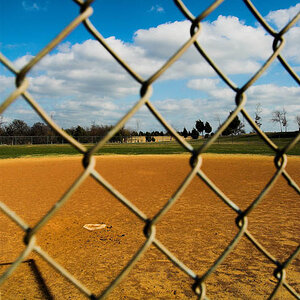MillerPhotography
TPF Noob!
- Joined
- Sep 21, 2011
- Messages
- 17
- Reaction score
- 0
- Location
- Essex, London, England
- Can others edit my Photos
- Photos OK to edit
Hi all, I've bought myself my first DSLR a Pentax K-R which is providing me a great deal of enjoyment as I try new things out. One of the features is exposing a shot over a period of time (which I'm sure all you non-beginners will understand). I have used this to good effect with a shutter time of a second or less but when I attempt anything more when pointing it at the sky example to capture cloud movement the photo is over-exposed (virtually White). I've dialled down exposure to under expose to no use. I understand in low light conditions the shutter stays open longer under normal circumstances to get the most available light, so is there too much light when keeping the shutter open on bright days?



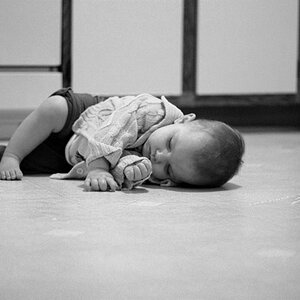
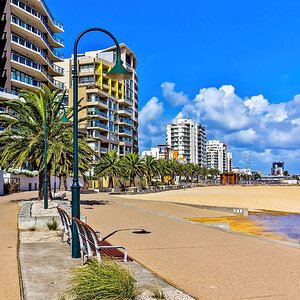
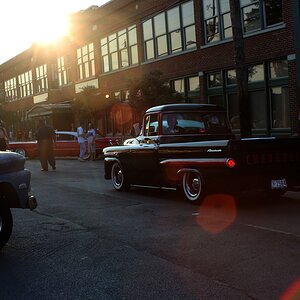
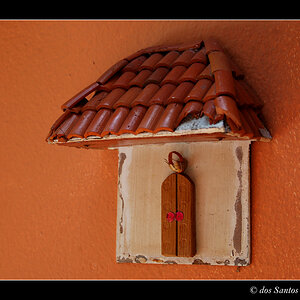
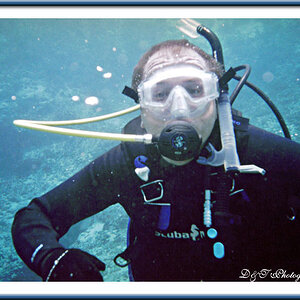
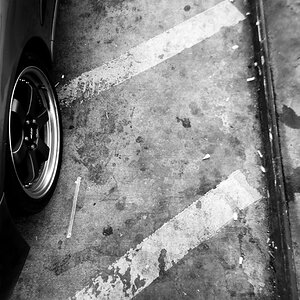
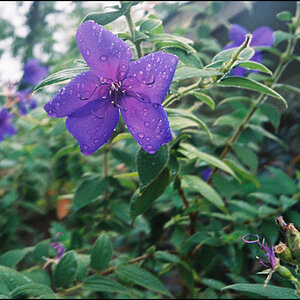
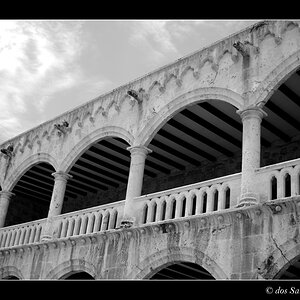
![[No title]](/data/xfmg/thumbnail/31/31753-281132967af6a422c89bcc0d6f16499a.jpg?1619734991)
![[No title]](/data/xfmg/thumbnail/31/31755-9bffabfa76f6307bcd78f535b2421cb5.jpg?1619734993)
